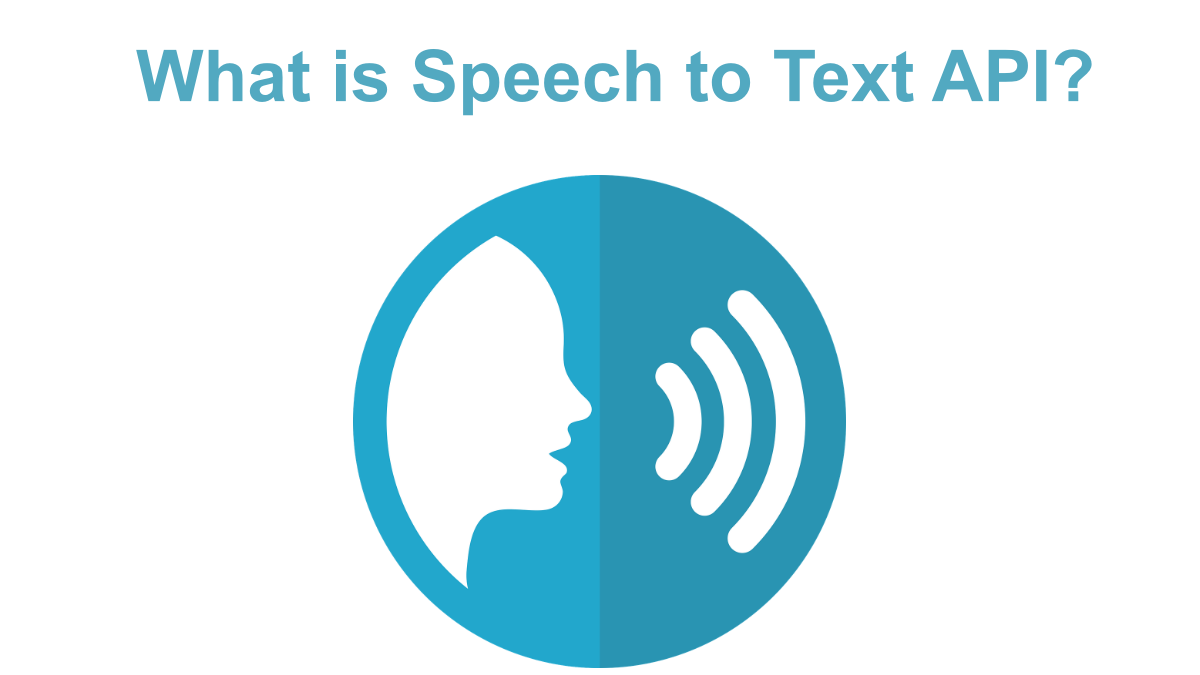Speech to text APIs are one of the most exciting developments in the world of software development. And while the basic premise is simple, they have exciting potential for a surprising range of different fields. Whether you’re an experienced developer or simply a curious amateur, we’re ready to fill you in on everything you need to know about speed to text APIs.
What is an API?
Contents [show]
Before you can understand how revolutionary this technology is, you need to understand what an API is. Short for Application Programming Interface, these are some of the most widely used and developed technologies in software engineering. Essentially, an API takes a request from a user, delivers that query to the server on the other end, and returns a response. While the fundamentals are simple, most modern websites are going to be running multiple APIs.
Application programming interfaces are used for everything from delivering answers from a database to handling user registration and sign-ins. And while most decently-sized companies will have built quite a few APIs in their time, smart developers understand the advantage of using third-party APIs. Some are free, and some require a charge for commercial use, but all of them allow a way to integrate new data and features without having to write your own code or have a team of data scientists on staff. Auth0’s log-in and registration management allows companies of any size to forego the complex privacy concerns involved in account management, while the Open Weather Map lets you integrate up-to-the-date information on weather conditions without the need for any internal development.
What is a Speech to Text API?
Speech to text APIs, also commonly known as speech recognition APIs, fulfill the goal of integrating speech recognition technology into an existing app or website. The fundamentals here are pretty complex, but a good speech recognition API can provide developers with a whole range of new possibilities. You’ve probably used a variation of these APIs yourself. Popular virtual assistants like Alexa, Siri, Cortana, and Google Assistant are built primarily on such premises. These speech recognition APIs use an artificial intelligence to translate your voice into understandable words. Algorithms then convert that language into actionable cues for the artificial intelligence.
In many cases, additional APIs are used to handle the request. That may take the form of a Google search or any other number of database requests that are then processed and returned as any number of different actions: a voice response, a search engine request, or the opening of an app. The potential to communicate with customers really opens up through the use of a speech recognition API, and it provides far easier ways to make an app or website as responsive as possible.
What Speech Recognition APIs Are Available?
Speech recognition technology is booming, and that means that there’s no lack of choices available if you want to integrate speech to text into your app. Google, Microsoft, and IBM all have their own proprietary speech recognition APIs, but there are plenty of interesting developments from lesser known names as well.
No matter what API you choose to use, there are a few things you should look for. The quality of speech recognition should obviously be your first priority, but you also need to take into consideration how easy it is to integrate. The speech to text API will likely just be one chain in a complex series of queries, so finding code that’s easy to integrate into your existing stack is important. One of the more interesting speech to text API contenders right now is AssemblyAI, because they do an expert job of threading the needle and pairing effective results with a straightforward approach to integration.


